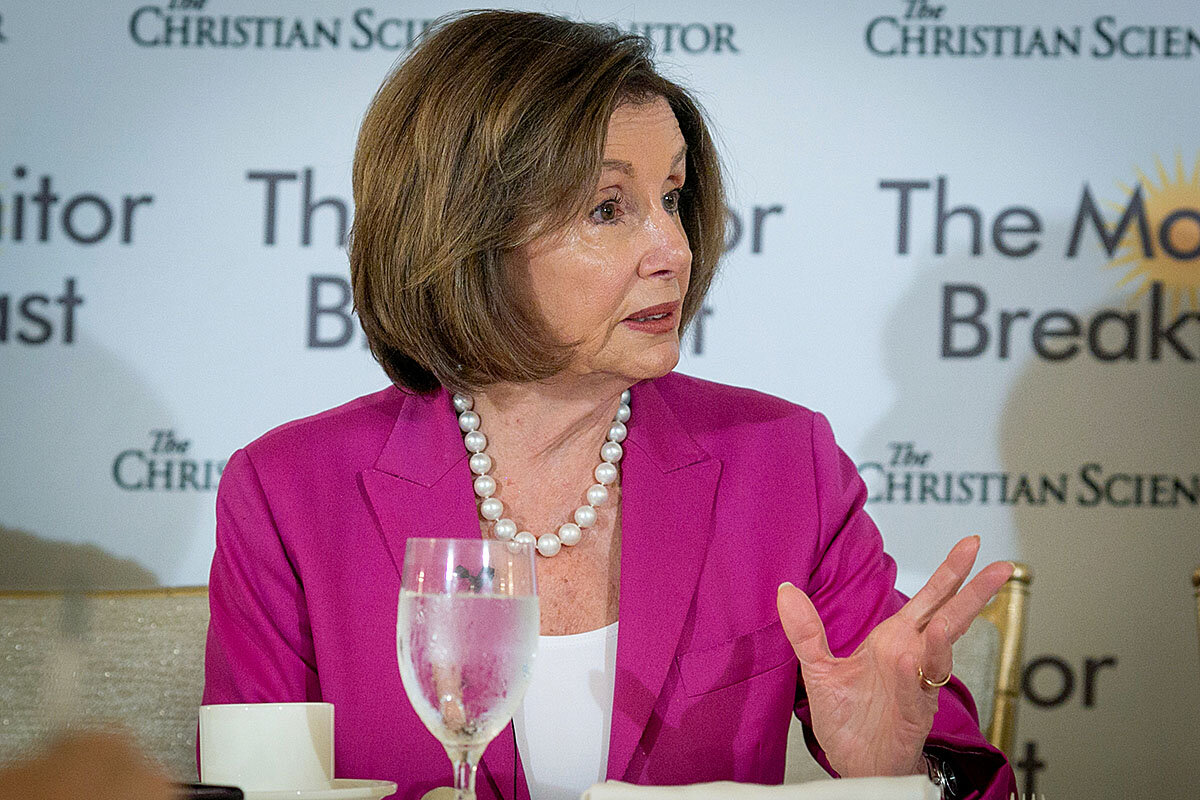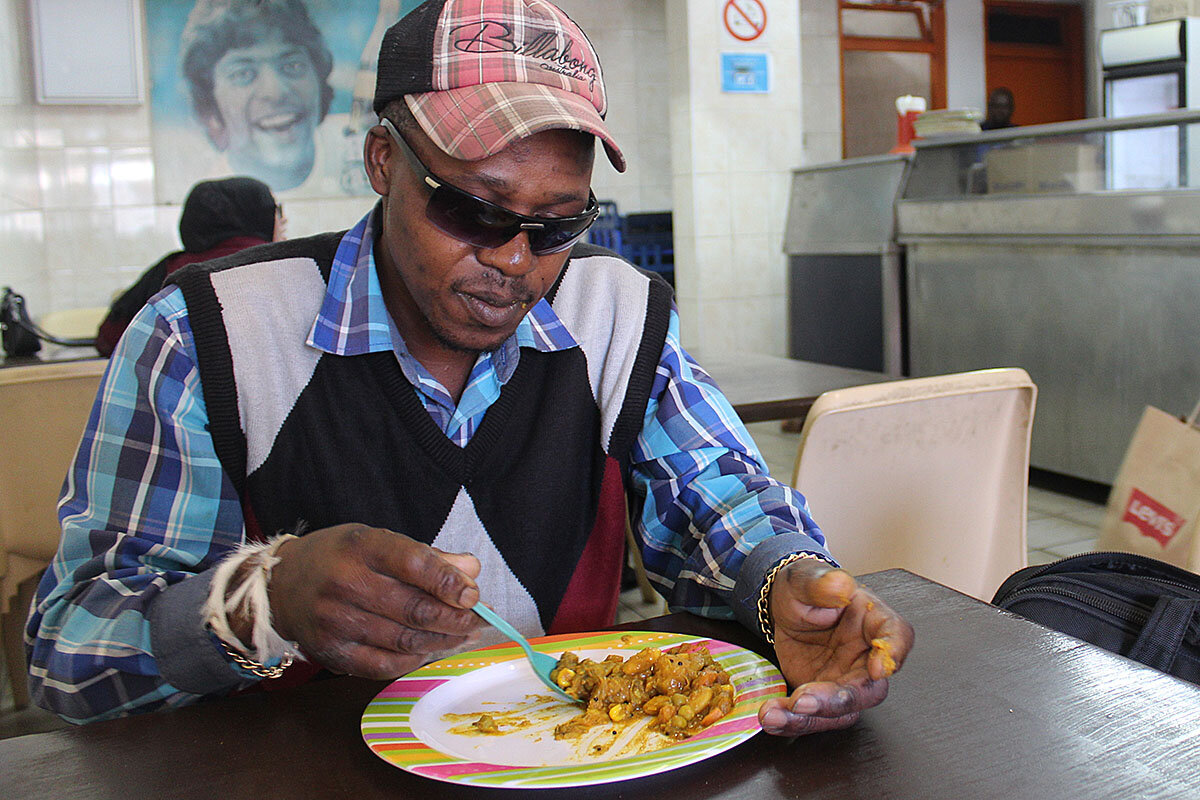Hong Kong Chief Executive Carrie Lam tried to push through a bill Beijing wanted. She failed – and in the process may have given a new sense of empowerment to young people worried about Hong Kong's future.
Monitor Daily Podcast
- Follow us:
- Apple Podcasts
- Spotify
- RSS Feed
- Download
 Amelia Newcomb
Amelia Newcomb
A relative of mine is a one-man warrior against a social problem that’s growing globally: loneliness. Each day he finds reasons to engage with people around him. Entry points can be the weather, the long line he’s in with a stranger, a book in someone’s hand. Sometimes the exchanges are minimal. But far more often he generates a spark and even turns some frowns upside-down.
His approach speaks to an interesting fact: Interacting with strangers can be a great route to a better day or an improved outlook. You don’t necessarily have to seek out a friend.
Loneliness is hardly new. It’s long been the stuff of philosophers, novelists – the Beatles, for that matter. And while the problem is often associated with older people, the 2018 BBC Loneliness Experiment found that 40% of 16- to 24-year-olds also reported feeling lonely. Culprits include everything from too much time with our electronic devices to being the target of discrimination.
Enter the small encounter. Take the story one reporter wrote recently about flying amid terrible turbulence. She asked her seatmate to chat and then to hold hands. The woman responded cheerfully and reassuringly. But afterward? “I have to admit that I was just as scared,” she told the reporter. “Thank you for helping me through this very scary situation.”
Now to our five stories, including a Monitor Breakfast with Rep. Nancy Pelosi, a look at why Hong Kong Chief Executive Carrie Lam has become such a target of public anger, and what a South African loaf of bread can tell us.










